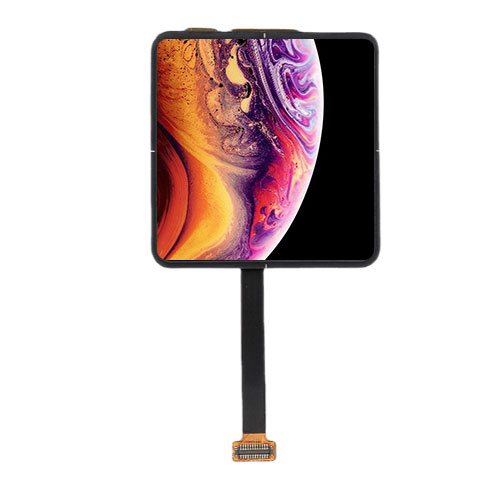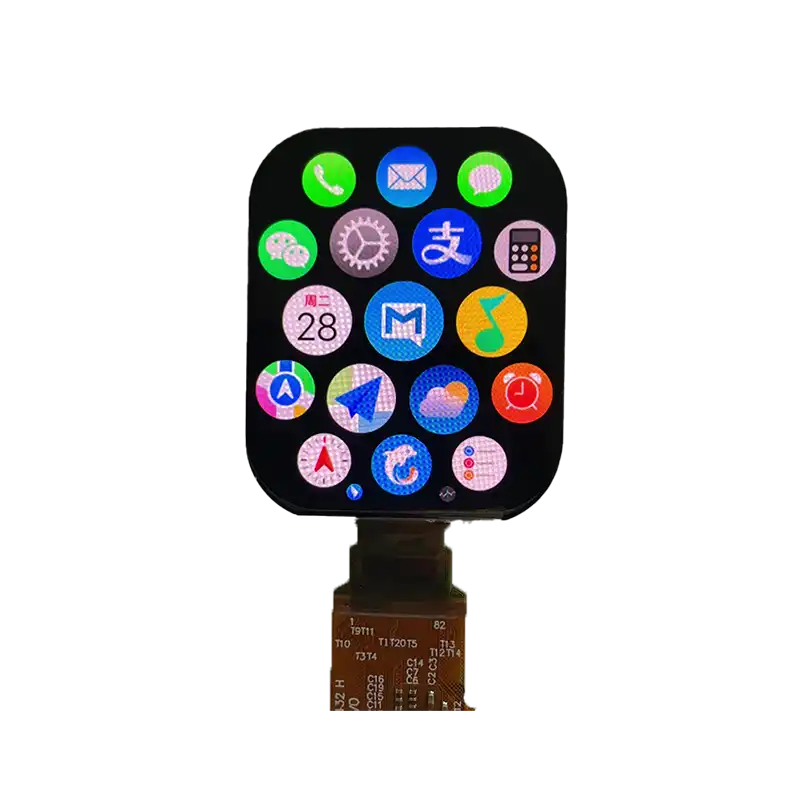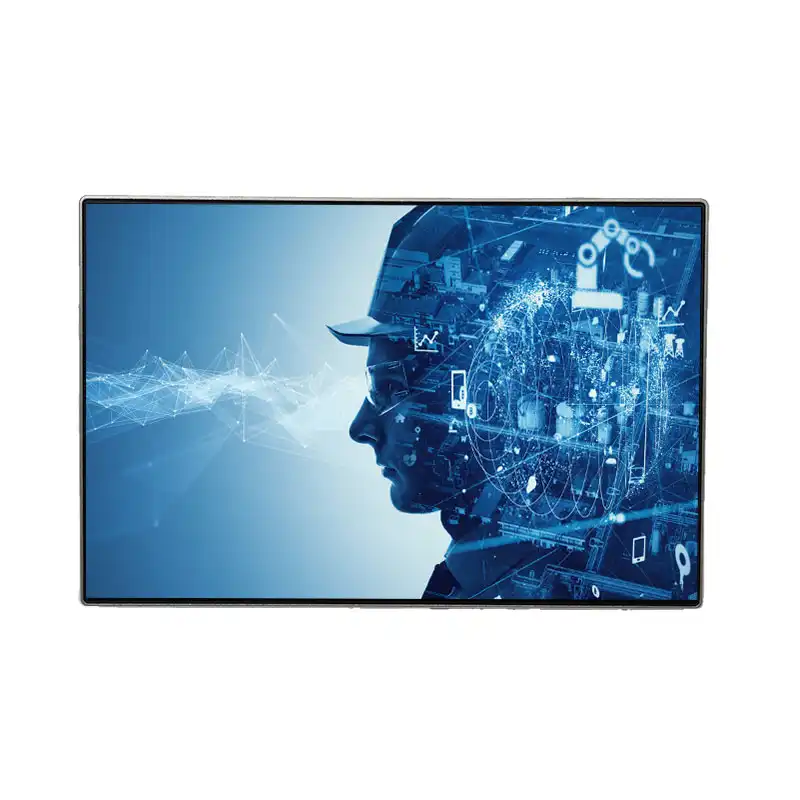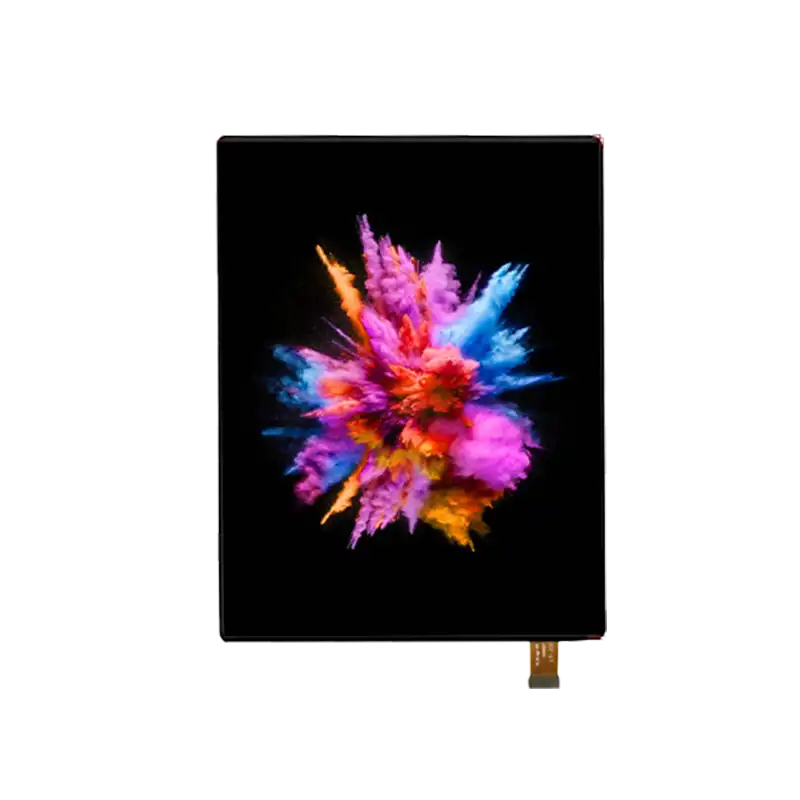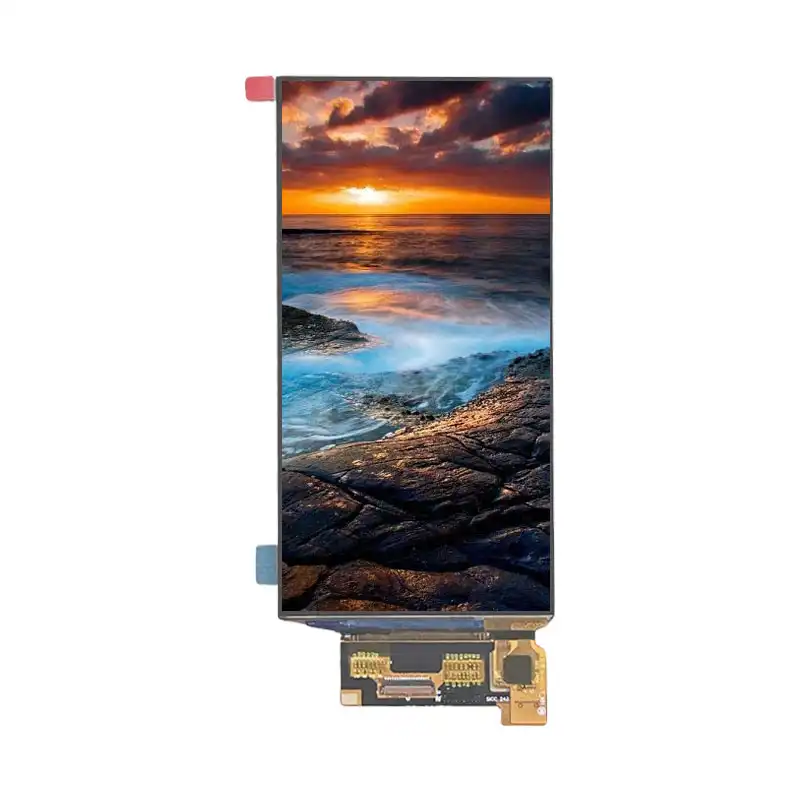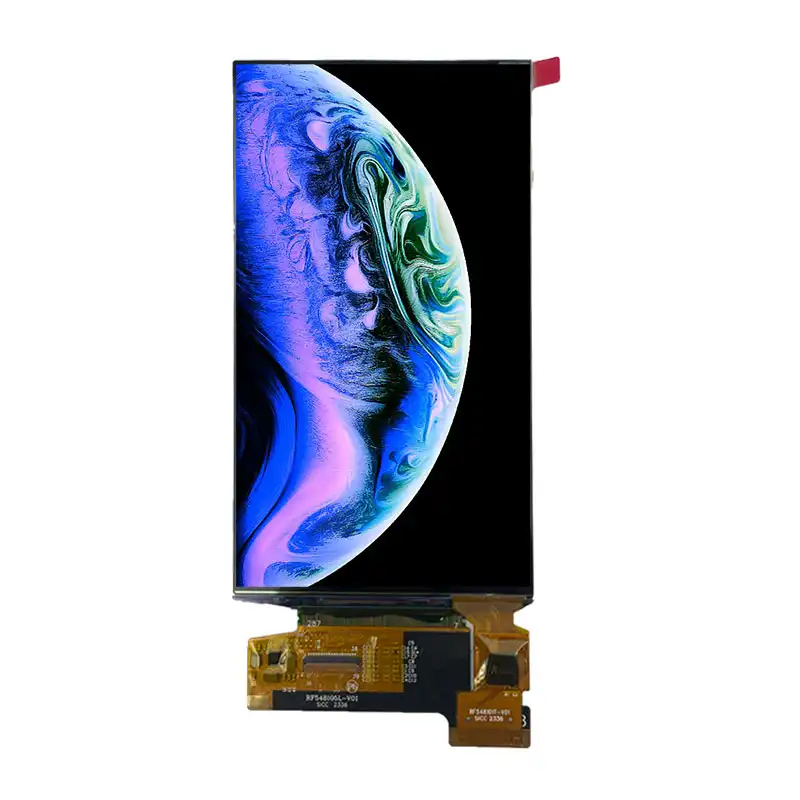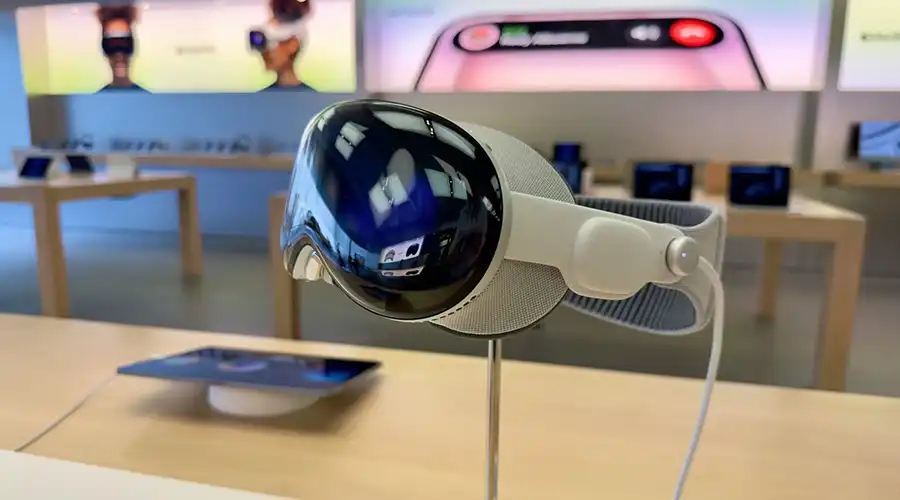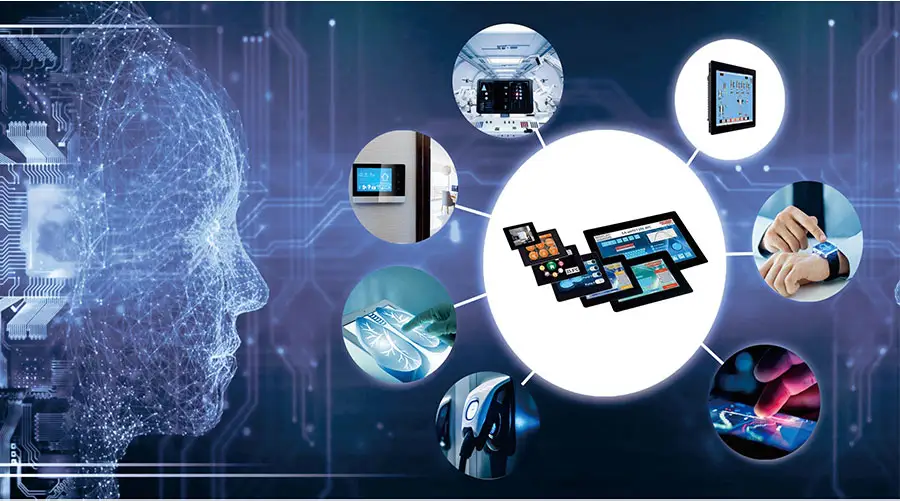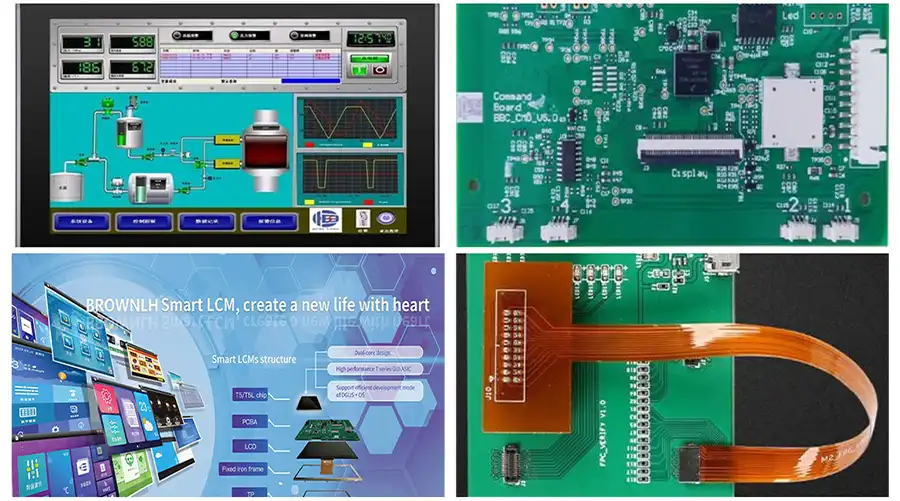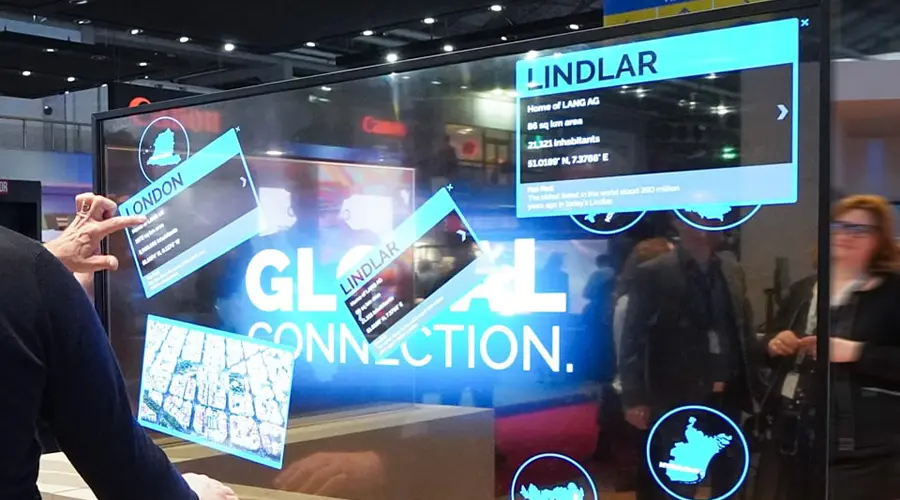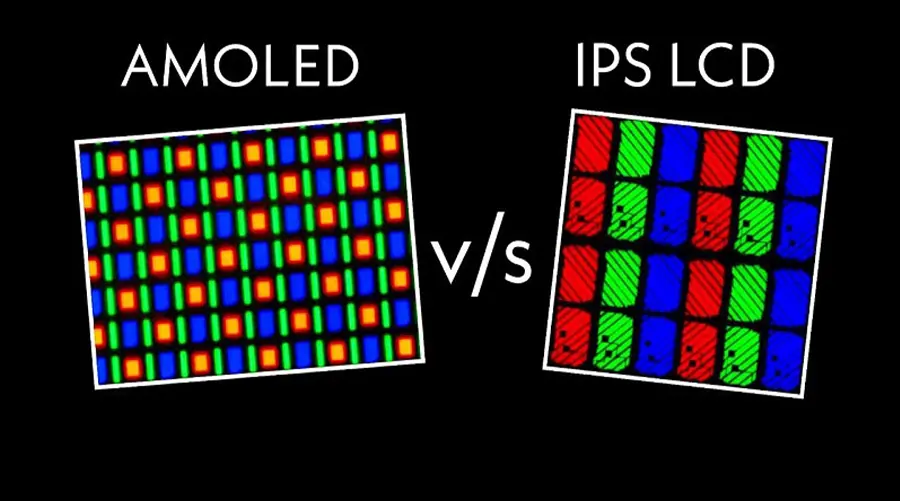By 2025, OLED (Organic Light-Emitting Diode) technology has transitioned from luxury smartphone displays to the foundation of a new visual era. No longer confined to flat rectangles, OLED now powers wearables, medical patches, automotive dashboards, and immersive AR interfaces. Its self-emissive pixels — producing light individually — enable ultra-thin, flexible, and energy-efficient displays that shape how humans perceive digital information.
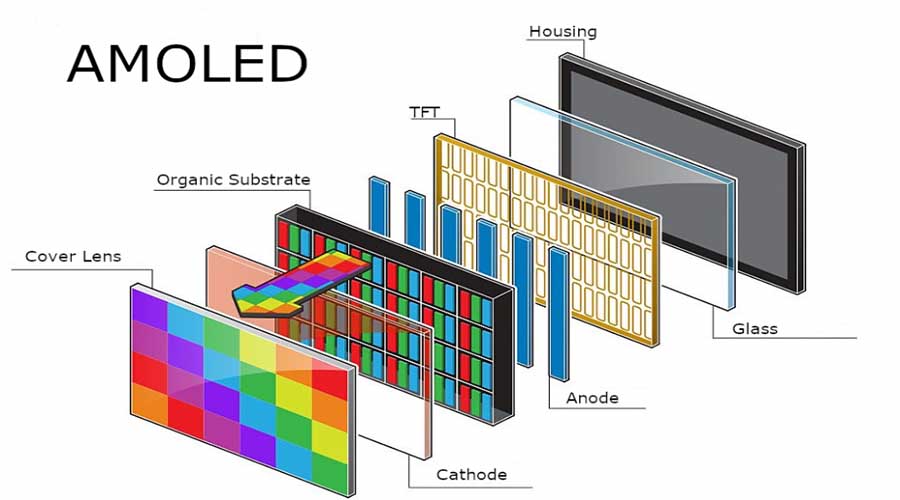
1. The Evolution of OLED
Once a niche research subject, OLED matured through the 2010s as display giants refined materials, deposition processes, and drive electronics. The early 2020s witnessed commercialization beyond mobile devices — foldables, automotive glass panels, and transparent signage. By 2025, OLED had split into multiple specialized branches: traditional AMOLED for mobile, microOLED (OLEDoS) for AR, and hybrid printed OLED for large, sustainable fabrication.
Unlike LCDs, OLED emits its own light per pixel, eliminating backlights. This reduces thickness, improves contrast (true blacks), and allows for flexible or transparent substrates. Modern OLEDs incorporate LTPO backplanes, advanced encapsulation, and AI-based compensation to mitigate burn-in. Combined, these qualities make OLED the most human-centric display medium ever created.
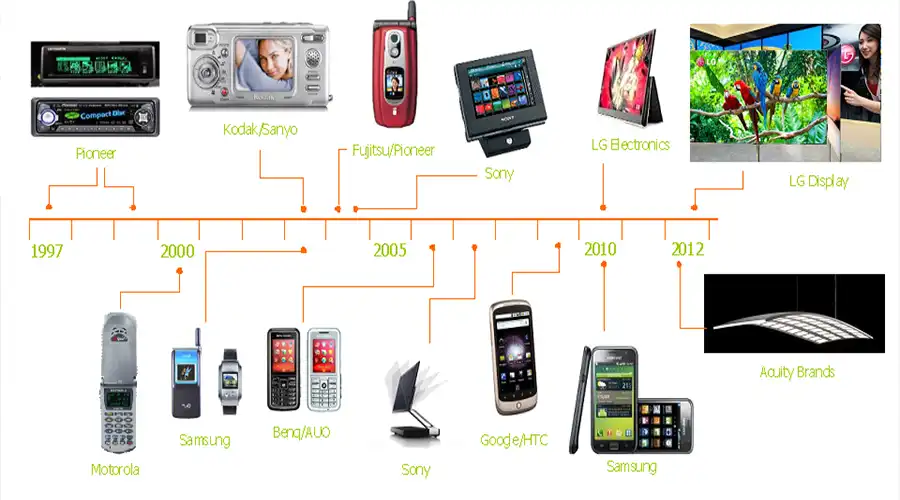
2. OLED in Wearables
Smartwatches and fitness trackers were the earliest mass-market validation for OLED. The curved, vivid, low-power displays enabled ergonomically sound devices with superb readability in outdoor settings. The flexibility and color precision of OLED perfectly fit wrist-mounted or textile-integrated use cases.
By 2025, wearable OLEDs have advanced to micro-thin modules embedded into medical sensors and skin patches. Real-time glucose, hydration, or oxygen monitoring now occurs on surfaces that breathe and flex. These displays can even remain partially transparent—showing vital data on the skin without blocking natural tone.
“OLED wearables exemplify where technology meets biology — responsive, adaptive, and almost invisible.” – Dr. Aiko Sato, Biotech Lab Tokyo
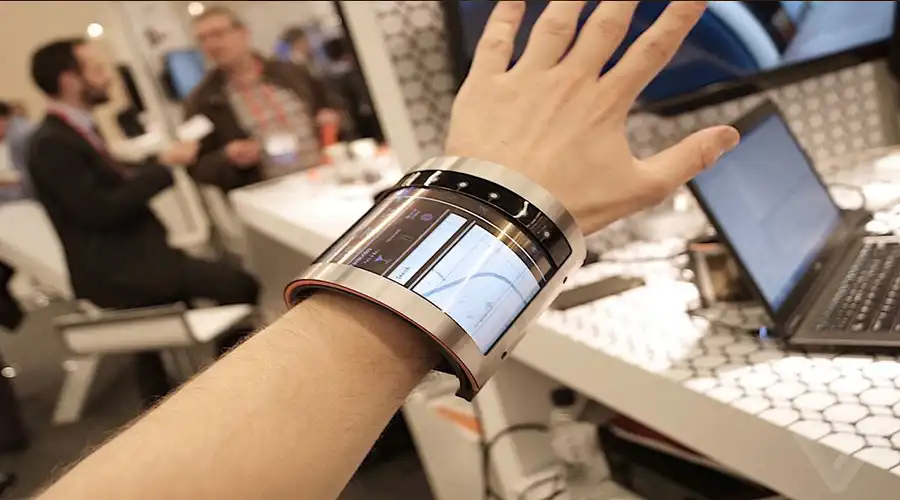
3. The Leap to AR Glasses
The 2025 AR revolution owes its realism to OLED-on-silicon (OLEDoS) technology — microdisplays with pixel densities exceeding 4000 PPI. These panels fit inside lenses mere millimeters thick, projecting crisp overlays across the user’s natural field of view. Unlike laser or LCD-based HUDs, OLED’s instantaneous contrast and deep black blending let virtual elements coexist believably with real-world objects.
The consumer market now enjoys lightweight AR eyewear capable of persistent data overlays — navigation arrows on roads, live captions in conversations, or contextual translation in travel. OLED’s self-luminous structure ensures privacy, rendering images visible only to the wearer’s pupils. Industries from surgery to engineering use similar optics for precision overlays and low-latency collaboration.
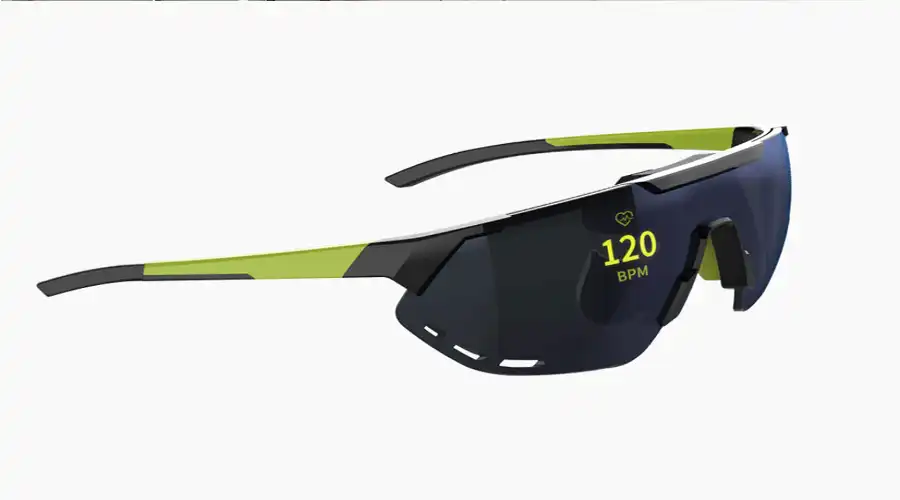
4. Transparency and Flexibility
Perhaps the hallmark of OLED design freedom lies in its material versatility. Transparent and foldable OLEDs now populate architecture, automotive dashboards, and appliances. Such displays deliver illumination and information without disturbing spatial design flows. Modern transparent OLEDs achieve over 70% light transmission, allowing unobstructed visibility behind onscreen graphics.
In industrial and vehicular design, OLED’s bendability permits dashboards and control panels to wrap around surfaces smoothly. Future concept vehicles already incorporate flexible OLED skins capable of displaying exterior signals, branding, or warnings directly on body panels. This is technology becoming texture—functional and aesthetic at once.
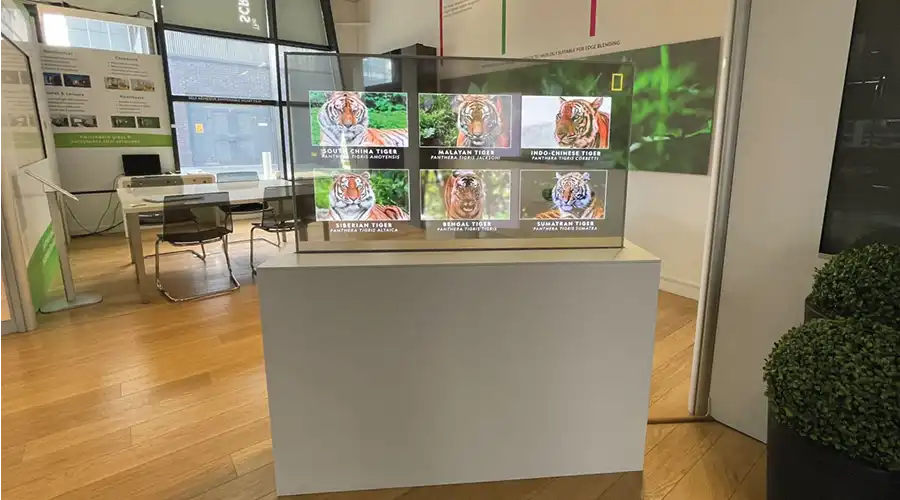
5. The Visual Aesthetics of OLED
OLED’s impact on human emotion is profound. The infinite contrast ratio—true black against vibrant hues—mimics the way our eyes perceive natural light. Designers leverage pixel-level dimming to craft interfaces that breathe rather than blink. Notice how smartwatch notifications fade in softly, or AR arrows ghost into view as if whispering directions rather than commanding attention.
エンターテインメントとストーリーテリング
エンターテインメント分野では、OLEDを映画的なARインスタレーションに活用しています。ディスプレイは、物語を伝えるダイナミックな表面として機能します。低遅延の応答性とほぼゼロのモーションブラーは、没入型ゲームやバーチャルプロダクション環境を向上させ、物理的なフレームレートとデジタルのフレームレートの境界を曖昧にします。アーティストは今や光を直接描くことができ、ピクセルは想像力の筆致となっています。
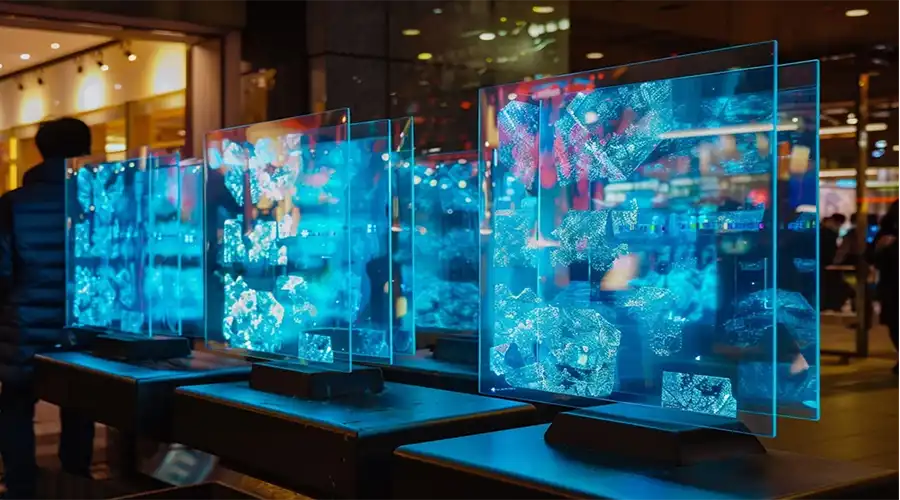
6. 持続可能性と効率性
OLEDの環境フットプリントは、エネルギー集約型の真空蒸着法に代わり、印刷可能な有機インクとリサイクル可能な基板が使用されるようになり、縮小を続けています。バックライトが不要で、希少金属への依存度が低いため、OLEDデバイスの消費電力は低減しています。企業は、発光層にバイオベースポリマー、透明電極にグラフェンを活用することを検討しており、循環型材料経済の促進に貢献しています。
一方、アダプティブリフレッシュ、モーショントリガー照明、ディープスリープといったエネルギー管理技術は、デバイスのライフサイクルを延長します。フレキシブルOLEDフィルムはモジュール式の修理性もサポートし、電子機器廃棄物を削減します。サステナビリティはもはやマーケティング用語ではなく、OLEDのDNAに深く根付いています。
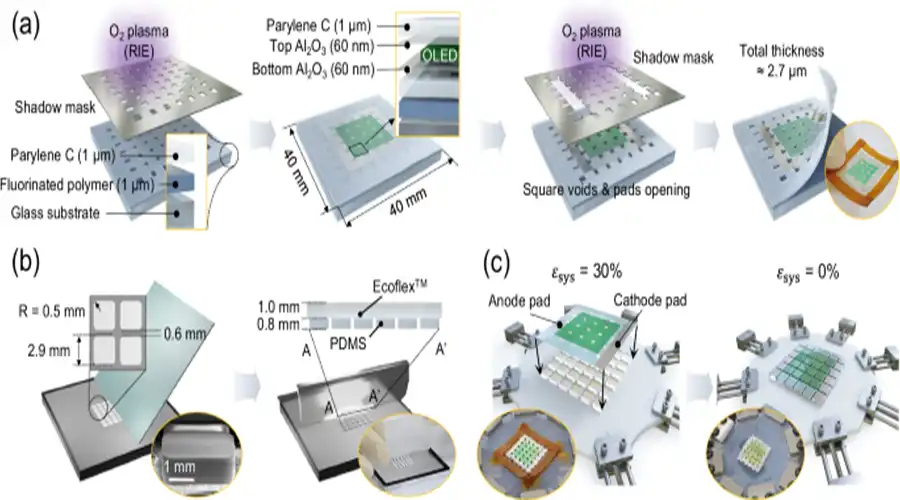
7. 未来 – アンビエントインテリジェンスに向けて
「ポストスクリーン」の時代が到来しつつあります。OLEDディスプレイは物質的な環境に溶け込み、アンビエントインテリジェンスを実現します。壁、鏡、そしてあらゆる物体が発光ロジックを搭載するようになりました。OLEDの適応性は、あらゆる表面を、繊細で人間中心、そして存在に反応する、文脈に応じたインターフェースへと変貌させます。
研究は加速する量子ドットOLED(QOLED)そしてフォトニックマイクロOLED個々の目に合わせて明るさとスペクトルを調整するディスプレイ。周囲の色温度に合わせて自動的にバランスを調整するメガネや、焦点深度を動的に調整するARレイヤーを想像してみてください。視覚的な境界が消えていくにつれ、OLEDは単なるスクリーンではなく、知覚そのものの媒体となるでしょう。
「OLEDの運命は目に見えないこと、つまりディスプレイと現実が区別できなくなることです。」 - 田中宏、NEXVision Labs
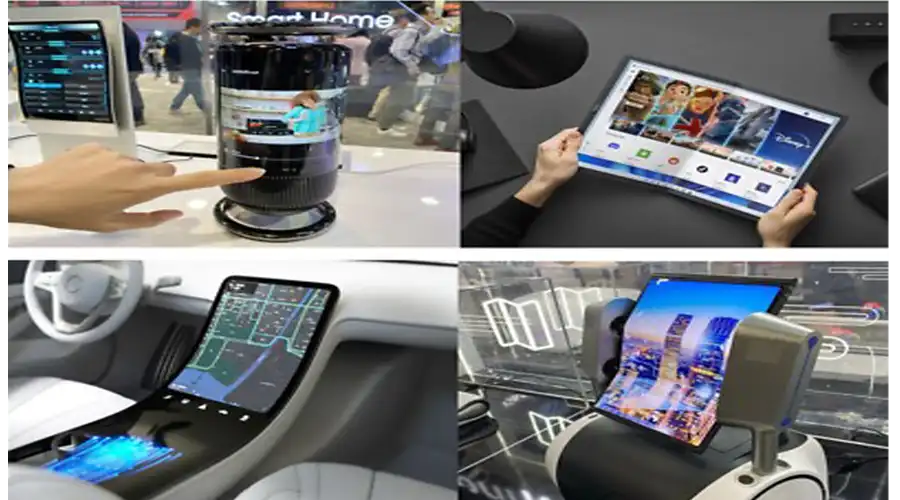
よくある質問
OLED の焼き付きの原因は何ですか? また、それを防ぐにはどうすればよいですか?
焼き付きは、静止画像を長時間表示することで有機材料が不均一に劣化することで発生します。焼き付きを防止するには、自動調光、画面タイムアウト、ピクセルシフト、ロゴの調光、静止コンテンツでの高輝度表示の回避などが挙げられます。
OLED ディスプレイは屋外や高輝度環境に適していますか?
標準的なOLEDは直射日光下では視認性が劣ります。しかし、2025年モデルは輝度が向上し、反射防止コーティングが施されています。特殊な高輝度OLEDは、日光下での視認性においてミニLEDとの差を縮めつつあります。
OLED ディスプレイの寿命は通常どのくらいですか?
最新のOLEDの寿命は、輝度が半減するまでの寿命(L50)が50,000~100,000時間です。新しい青色発光材料により、この寿命はさらに延長され、商用寿命はLCDスクリーンに匹敵するようになりました。
OLED は常時表示ディスプレイに使用できますか?
はい。OLEDは点灯したピクセルのみが電力を消費するため、常時表示ディスプレイ(AOD)に最適です。低輝度で表示し、コンテンツを定期的に切り替えることで、経年変化を最小限に抑えることができます。
AMOLED と PMOLED の違いは何ですか?
AMOLEDはアクティブマトリックスTFTレイヤーを採用し、高解像度と高速リフレッシュを実現。スマートフォンやウェアラブルに最適です。PMOLEDは、ピクセルの行と列をパッシブに駆動するため、小型または静的なインジケータの低コスト化に適しています。
OLED ディスプレイはタッチ機能をサポートしていますか?
最新記事
-
2025年のAR/XRにおいて1~2インチAMOLEDが鍵となる理由
AR/XRブームで1~2インチAMOLEDディスプレイが不可欠になる理由(2025年業界インサイト)body {f
-
Understanding OLED Display Technology: Principles, Performance & Applications
OLED (Organic Light Emitting Diode) displays are a class of self-emissive display technology in whic
-
From Wearables to AR Glasses – How OLED Displays Are Redefining Visual Experiences in 2025
By 2025, OLED (Organic Light-Emitting Diode) technology has transitioned from luxury smartphone disp
-
Stretched Bar LCD Displays for Retail: Boost Sales & Engagement in Supermarkets
ストレッチバーLCDディスプレイがスーパーマーケットの棚端マーケティングを強化し、売上を促進し、コストを削減する方法をご覧ください。
-
Stretched LCD Solutions for Restaurants and Hospitality Venues
ストレッチLCDは、レストランのメニューやホスピタリティサービスに最適な、洗練された高輝度ディスプレイを提供します。
おすすめ商品
-
2.0インチ スクエア HD OLED AMOLED モジュール 460 x 460 QSPI インターフェース
産業用および組み込みシステム向けQSPIインターフェース搭載2.0インチAMOLEDディスプレイモジュールコア仕様
-
2.06インチ OLEDディスプレイ | 410×502解像度 | 600ニット | SPIスクリーン
2.06インチAMOLEDディスプレイモジュールは、過酷な産業環境向けに特別に設計されており、
-
7.0インチ AMOLED ディスプレイモジュール | 1280×800 高輝度
7.0インチAMOLEDディスプレイモジュールは、高解像度、広視野角のディスプレイソリューションとして設計されています。
-
8.0 インチ AMOLED ディスプレイ 2480×1860 MIPI DSI-BROWNOPTO
2480×1860解像度、MIPI DSIインターフェース、SPIタッチを備えた8.0インチFHD AMOLEDモジュール。産業用途に最適。
-
6.0インチ AMOLED ディスプレイ 1080×2160 MIPI - BR600108-A1
6.0インチ FHD+ AMOLEDモジュール、解像度1080×2160、MIPI 4レーンインターフェース、360ニットの輝度。
-
5.5インチ AMOLED ディスプレイモジュール – 高解像度 LTPS MIPI パネル
5.5インチAMOLEDモジュール製品ページ 5.5インチAMOLEDディスプレイモジュール

